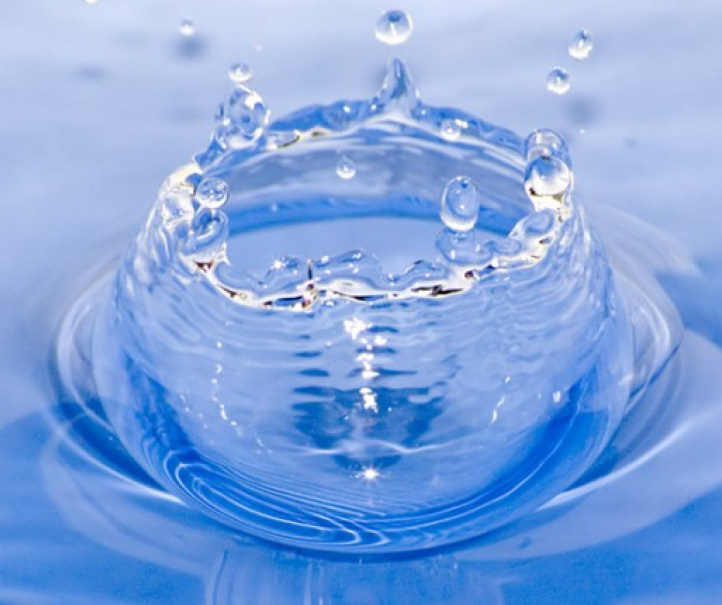WATER QUALITY
It won’t come as any surprise that you’ll need to use high quality water for your hydroponic plants. If you have reasons to doubt the quality of your local water, a chemical or charcoal filter is your best bet. If you don’t have access to those, there are some time consuming, yet effective things you can do to try cleaning out impurities.
Medieval brewers had to use water from the horribly polluted and downright disgusting Thames River in London. They purified water for beer making by first boiling it.
While waiting for the water to come to a boil, they would whisk together around 1 egg white per gallon until the whites were foamy plus grind the egg shells with a pestle. Once the water came to a boil, they added the ground shells and egg whites, and then stirred the whole thing rapidly. A dirty foam would form on the top of the water. They could then keep boiling and skim the foam off until the water came clean. This worked because the egg whites and shells would bind to particulates in the water and carry them to the top. Some home brewers still swear by this method today.

Once you’re satisfied with the cleanliness of your water, you’ll need to monitor the pH. Most plants can cheerfully grow in a pH anywhere from 5.8 to 6.8. In general, splitting the difference at 6.3 is considered ideal. If it’s too high or too low, your plants will get sick.
Luckily, it’s a lot easier to test water pH than it is to test soil pH. You can buy testing strips anywhere from pet stores to pool stores. Check your water about once a week. If the pH is too low, add a small amount of soluble potash. If it’s too high, add a dash of phosphoric acid.

